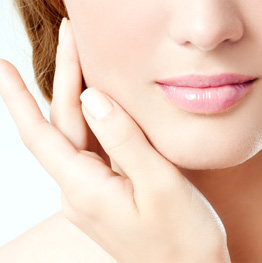Microdermabrasion vs. Photofacial
In addition to weight loss, many people desire to improve their overall appearance through skin rejuvenation treatments. Both photofacials and microdermabrasion improve the appearance of aging and discolored skin. Having a photofacial or microdermabrasion skin rejuvenation treatment in Ocala takes just an hour, and is a minimally invasive procedure.
In a photofacial procedure, a tube that is controlled by a computer transmits a
high-intensity, multi-wavelength light beam capable of penetrating all skin
layers. Excess pigment in the epidermis and accumulated hemoglobin in broken
capillaries and dilated blood vessels are absorbed in a photofacial procedure.
On the other hand, microdermabrasion involves the use of a special wand, which emits aluminum oxide crystals to the treatment areas. Because this substance is abrasive, it loosens and removes dead skin cells on the top layer of the skin, or epidermis.
Photofacial and microdermabrasion are used for skin discoloration, acne
scarring, facial redness, and melasma, which is a brown, patchy skin
discoloration. Microdermabrasion speeds up cell renewal, allowing younger cells
to reach the skin’s surface more quickly. Microdermabrasion also helps promote
evenness in skin tone while making the skin look more vibrant. When combined
with a medical weight loss program, photofacials and microdermabrasion can help improve a person’s appearance and be used as an anti-aging strategy.
Because both photofacial and microdermabrasion can make your skin extra
sensitive, you should avoid exposure to the strong Ocala, Florida sun after
treatment. Both procedures may produce temporary mild swelling and redness
which typically disappears within 24 hours. In rare cases, mild bruising,
blistering, hypopigmentation, and hyperpigmentation may occur with a
photofacial procedure, which are temporary and treatable. Infection and
scarring are another very rare side effect after a photofacial treatment.
